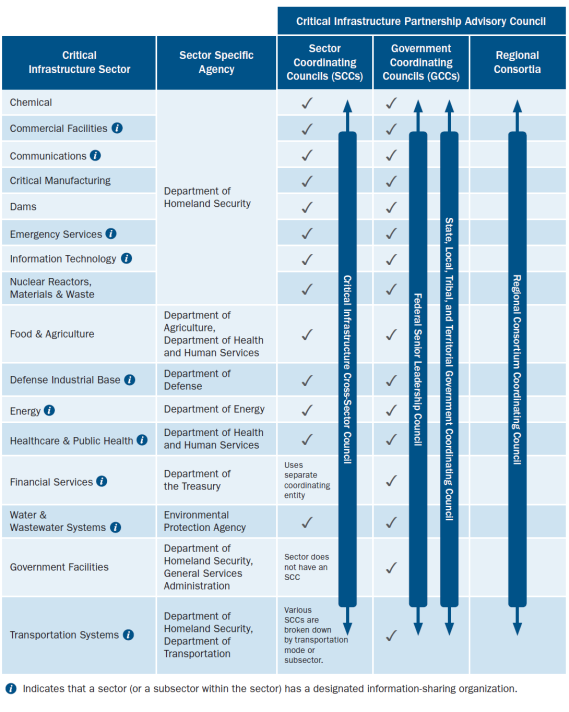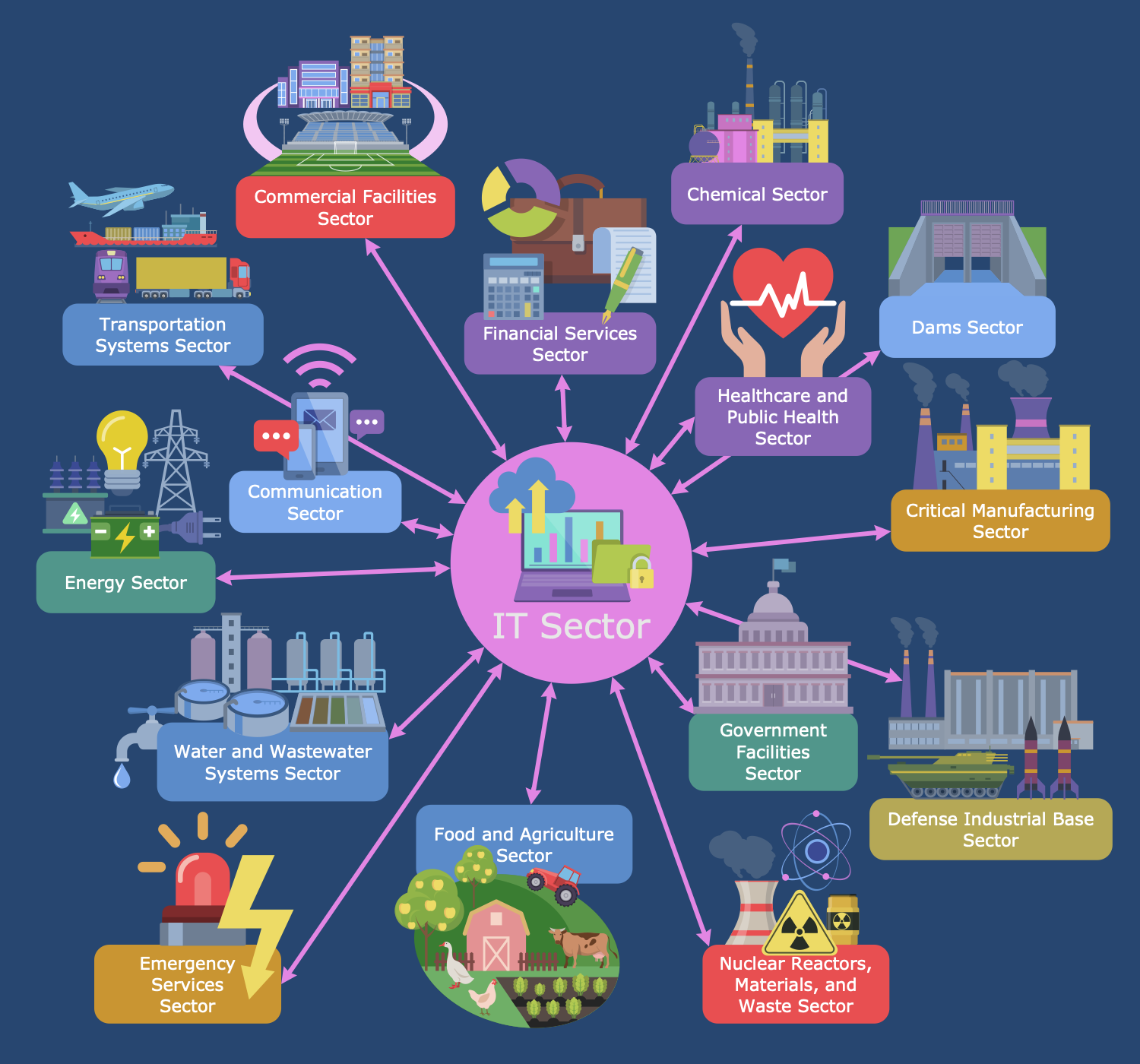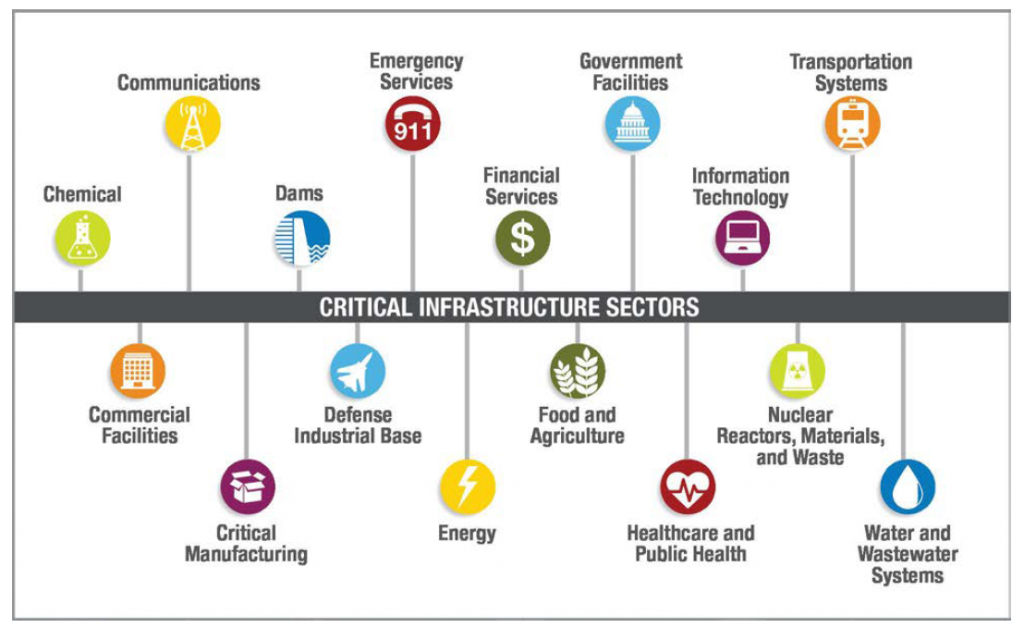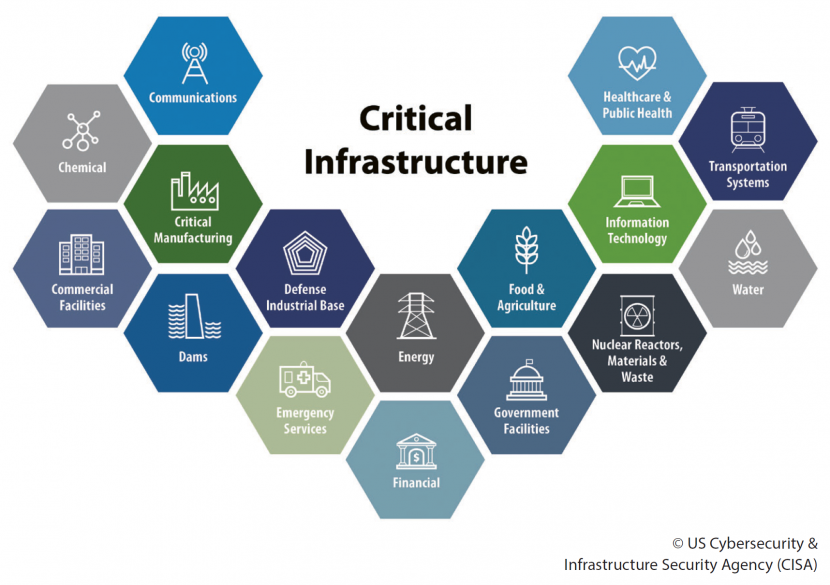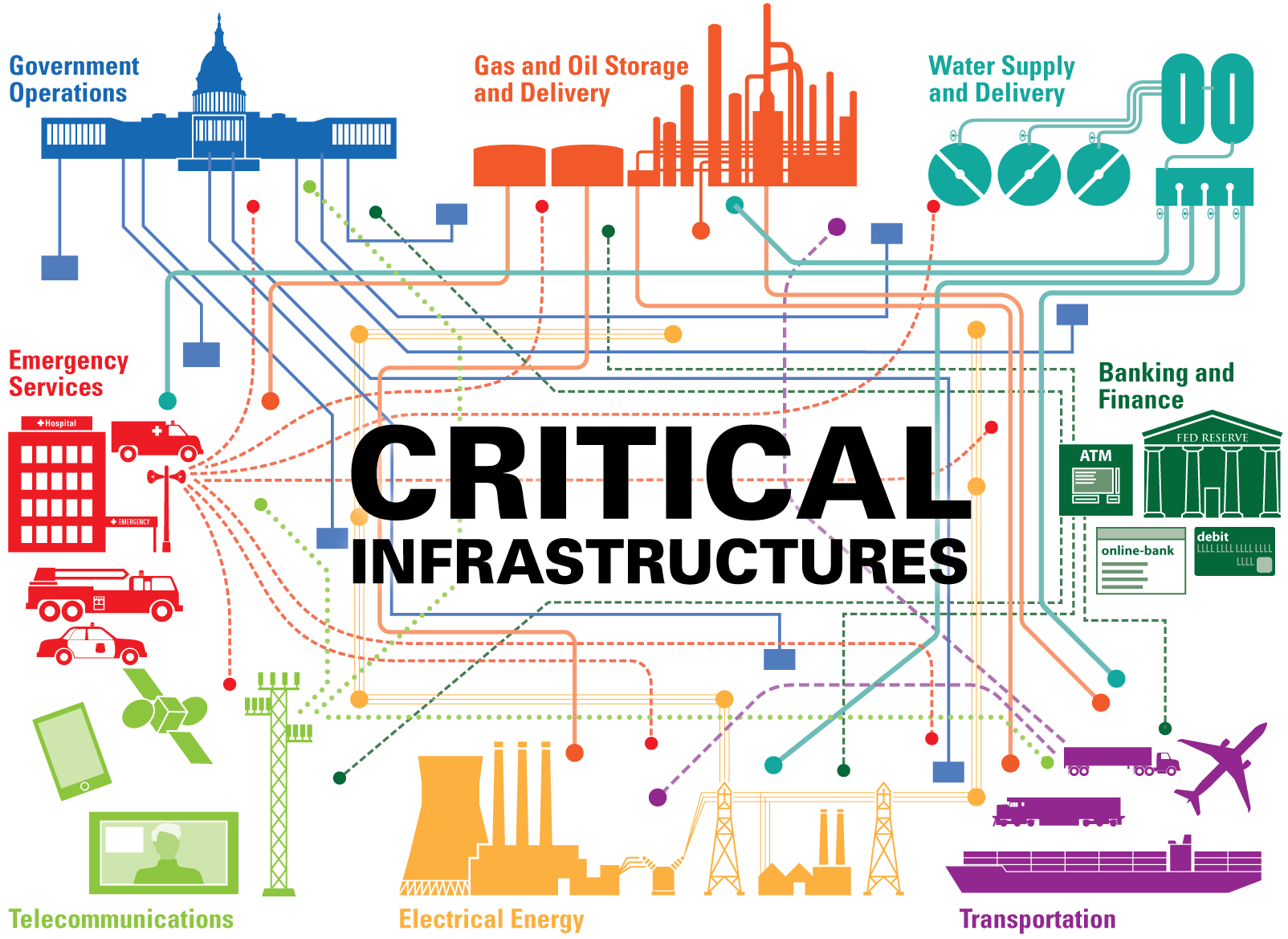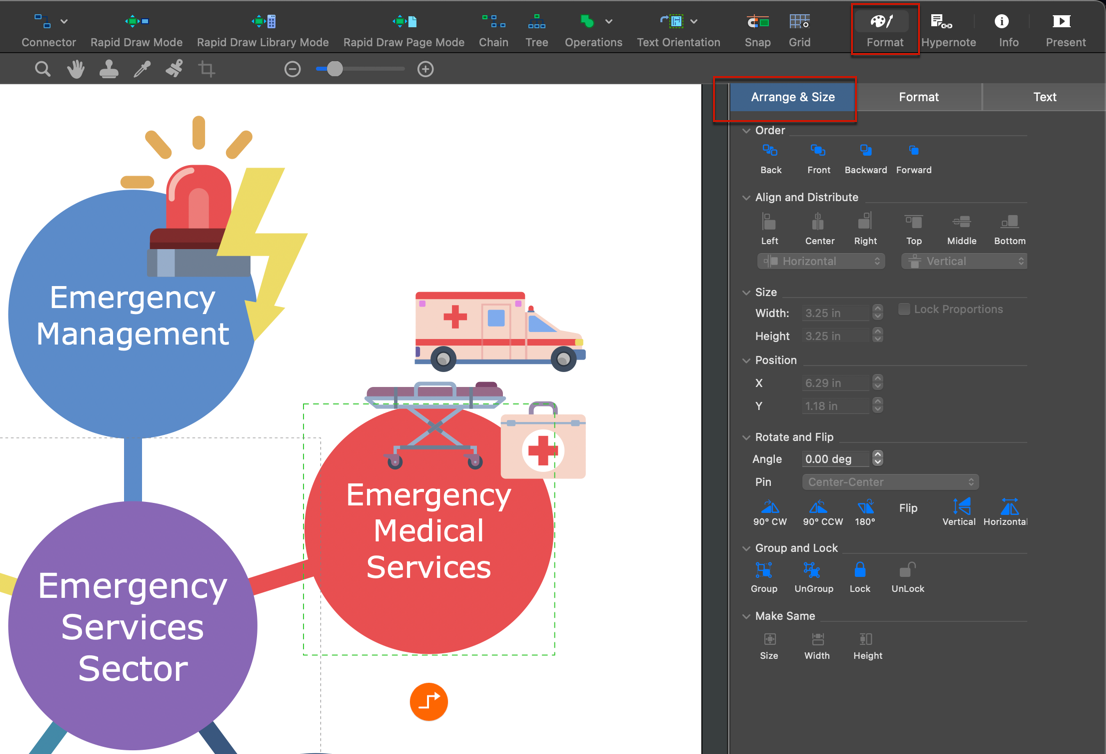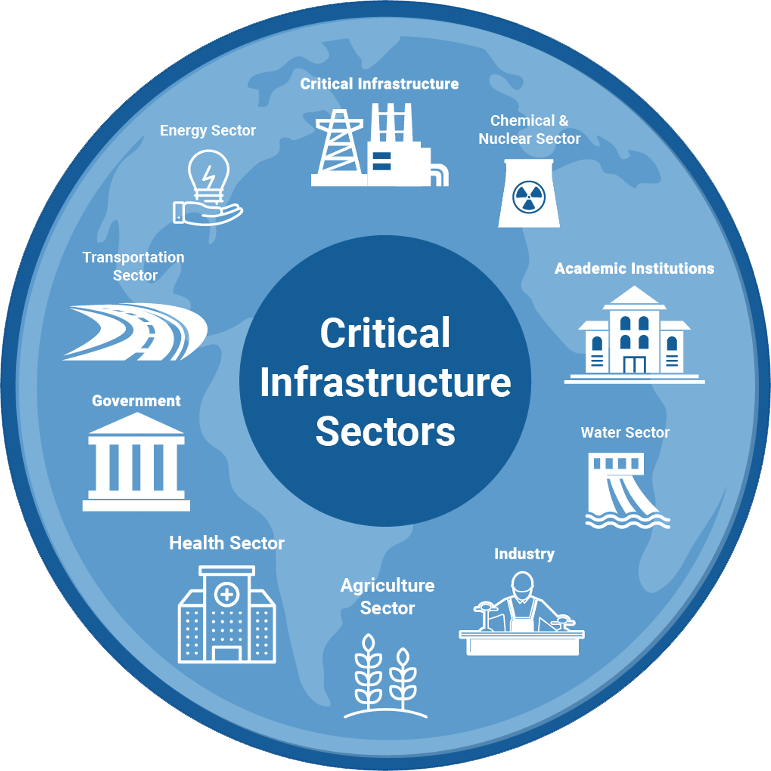Critical Infrastructure Such As Utilities And Banking

The hum of the electrical grid, the silent flow of data between banks, and the steady supply of clean water – these are the lifeblood of modern society. But beneath the veneer of seamless operation lies a growing vulnerability: our critical infrastructure is increasingly under threat, targeted by sophisticated cyberattacks, extreme weather events, and even physical sabotage. The potential consequences of a successful attack are catastrophic, ranging from widespread power outages and financial chaos to disruptions in essential services and threats to national security.
This article delves into the multifaceted challenges facing critical infrastructure, exploring the evolving threats, the measures being taken to enhance resilience, and the ongoing debate about the appropriate balance between security, cost, and accessibility. We will examine the specific vulnerabilities within key sectors like utilities and banking, drawing on expert analysis and official reports to paint a comprehensive picture of the risks and the strategies being employed to mitigate them. The goal is to understand not just the potential for disaster, but also the proactive steps being taken to safeguard the systems upon which our society depends.
The Evolving Threat Landscape
The nature of threats to critical infrastructure is constantly evolving, becoming more sophisticated and difficult to detect. Nation-state actors, cybercriminals, and even extremist groups are increasingly targeting these vital systems.
Cyberattacks are a particularly significant concern. The Colonial Pipeline ransomware attack in 2021, which disrupted fuel supplies across the Eastern United States, served as a stark reminder of the real-world consequences of cyber vulnerabilities.
"The Colonial Pipeline incident highlighted the fragility of our energy infrastructure and the potential for cascading impacts,"according to a report by the Cybersecurity and Infrastructure Security Agency (CISA).
Beyond cyberattacks, physical threats remain a concern. Sabotage, terrorism, and even natural disasters can disrupt critical infrastructure operations. The increasing frequency and intensity of extreme weather events, driven by climate change, pose a growing risk to power grids, water systems, and transportation networks.
Utilities: A Sector Under Pressure
The utility sector, encompassing electricity, natural gas, and water systems, faces a unique set of challenges. These systems are often geographically dispersed and rely on aging infrastructure, making them particularly vulnerable to attack.
The integration of renewable energy sources, while beneficial for the environment, also introduces new complexities. Smart grids, which rely on digital technologies to manage electricity distribution, can be susceptible to cyberattacks if not properly secured. The North American Electric Reliability Corporation (NERC) has established mandatory cybersecurity standards for the electric power industry, but compliance remains a challenge for some utilities.
"Utilities must prioritize cybersecurity investments and adopt a proactive approach to threat detection and response," stated a recent report by the Department of Energy. This includes implementing robust access controls, regularly patching software vulnerabilities, and conducting thorough security audits.
Banking and Finance: Safeguarding the Flow of Capital
The banking and finance sector is another critical area of concern. A successful cyberattack on a major financial institution could have devastating consequences for the global economy.
Financial institutions are constantly targeted by cybercriminals seeking to steal sensitive data or disrupt operations. Ransomware attacks, distributed denial-of-service (DDoS) attacks, and phishing campaigns are common tactics. The rise of cryptocurrencies and decentralized finance (DeFi) also introduces new risks, as these systems are often less regulated and more vulnerable to exploitation.
Banks are investing heavily in cybersecurity, implementing advanced threat detection systems and working closely with law enforcement agencies to combat cybercrime. "Collaboration between the public and private sectors is essential to effectively address the cyber threats facing the financial industry," said a spokesperson for the Financial Services Information Sharing and Analysis Center (FS-ISAC).
Enhancing Resilience: A Multi-Layered Approach
Protecting critical infrastructure requires a multi-layered approach that encompasses physical security, cybersecurity, and emergency preparedness. This includes investing in infrastructure upgrades, implementing robust security protocols, and developing comprehensive disaster recovery plans.
Government agencies play a vital role in setting standards, providing guidance, and coordinating efforts across different sectors. CISA is the lead federal agency for coordinating national efforts to protect critical infrastructure. They provide resources and support to help organizations assess their vulnerabilities and implement effective security measures.
Private sector companies also have a responsibility to invest in security and share information about threats and vulnerabilities. Collaboration between the public and private sectors is essential to effectively address the evolving threat landscape.
The Cost of Security vs. Accessibility
There is an ongoing debate about the appropriate balance between security, cost, and accessibility. Implementing robust security measures can be expensive, and sometimes these measures can make it more difficult for legitimate users to access critical services. Striking the right balance requires careful consideration of the risks and benefits of different security approaches.
For example, implementing stricter authentication requirements for online banking can reduce the risk of fraud, but it can also make it more difficult for some customers to access their accounts. Similarly, implementing stricter security measures at power plants can reduce the risk of sabotage, but it can also increase the cost of electricity.
Ultimately, the decision about how much to invest in security and how to balance security with accessibility is a complex one that requires careful consideration of the specific circumstances. A risk-based approach, where resources are allocated to address the most critical vulnerabilities, is often the most effective way to manage these competing priorities.
Looking Ahead: Preparing for the Future
The challenges facing critical infrastructure are likely to become even more complex in the years ahead. The increasing reliance on digital technologies, the growing sophistication of cyberattacks, and the increasing frequency of extreme weather events all pose significant threats. To mitigate these threats, we must continue to invest in infrastructure upgrades, enhance cybersecurity, and improve emergency preparedness. Furthermore, fostering collaboration between government agencies, private sector companies, and international partners is crucial.
We must also be prepared to adapt to new threats as they emerge. This requires continuous monitoring of the threat landscape, ongoing research and development of new security technologies, and a commitment to lifelong learning for cybersecurity professionals. By taking these steps, we can help ensure that our critical infrastructure remains resilient and secure, safeguarding the health, safety, and prosperity of our nation.




